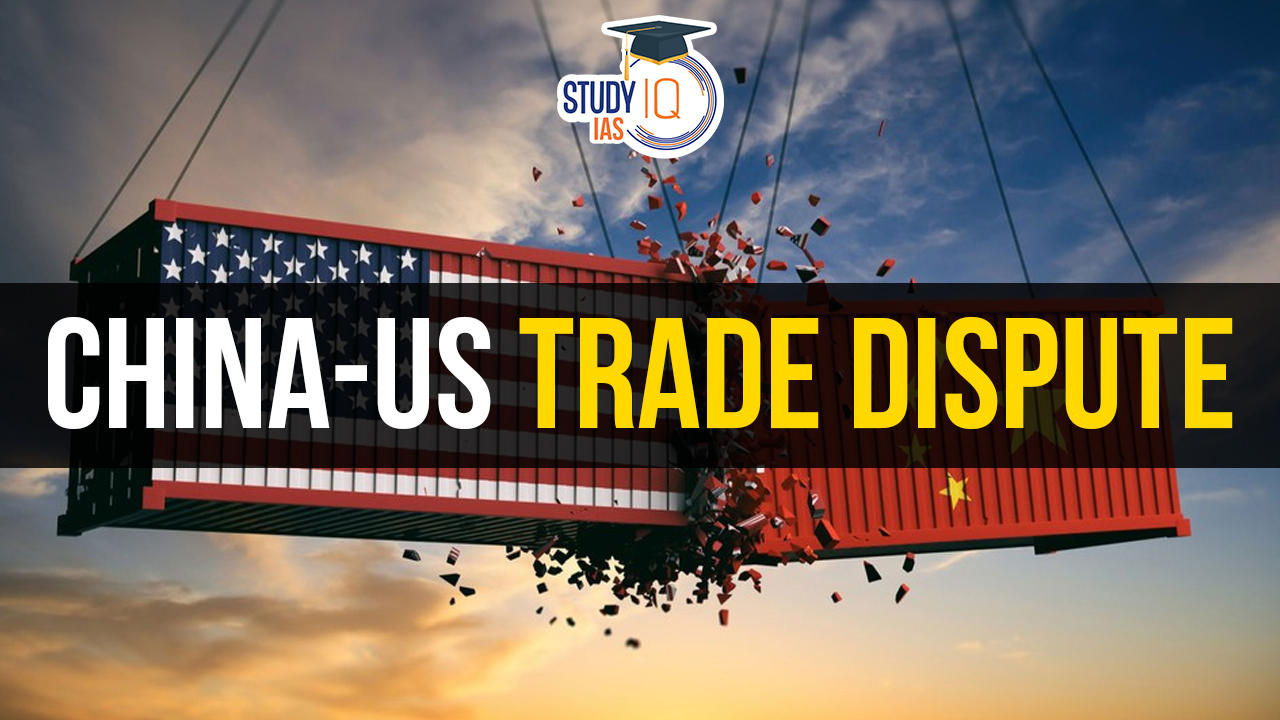Table of Contents
Context: During her five-day trip to China, Treasury Secretary Janet Yellen stated that China’s rapid growth in electric vehicle and green technology production has sparked a new trade dispute between the U.S. and China.
Reasons Behind The U.S-China Trade Dispute
- Electric Vehicle (EV) Industry Growth: Following a decade of subsidies to its automakers, China now represents 60% of global EV sales, creating a substantial automotive industry.
- Export Drive Due to Overproduction: Chinese companies are producing around 10 million more EVs annually than the domestic market demands, leading to an increased focus on international sales.
- Beyond EVs: This overcapacity extends to other sectors, including solar panels, batteries, and more traditional industries like steel.
- Market Expansion Efforts: With significant capacity buildup, China is exploring external markets for its products amidst stagnant domestic demand.
- Competitive Pricing: Chinese automaker BYD introduced an electric SUV at a notably low price of $14,000, challenging U.S. manufacturers.
- Tariff Barriers and Trade Agreements: The U.S. maintains a 25% tariff on Chinese cars, hindering their entry, unlike Mexico, which benefits from a free trade agreement with the U.S.
- Renewed Trade Concerns: The current dispute mirrors past issues, with a new focus on overcapacity in emerging sectors like clean energy.
Mutual Concerns and Accusations
- S. Legislation: The Biden administration’s support for clean energy and semiconductor industries has drawn criticism from China.
- WTO Complaint: China has accused U.S. subsidies for electric car purchases of violating trade rules, taking their grievances to the WTO.
- Subsidy Comparison: A 2022 report highlighted China’s industrial subsidies in 2019 as double the size of those in the U.S.
- Domestic Consumption vs. Export: China focuses on subsidising production without boosting domestic consumption, while the U.S. has increased consumption through stimulus checks during the COVID-19 pandemic.
Towards Resolving the Trade Dispute
- Dialogue Initiation: Both countries have agreed to engage in talks regarding the trade issues, though no specific resolutions have been proposed.
- China’s Stance on Green Products: Despite not committing to address U.S. concerns, China argues its affordable green products aid in global climate change efforts.
- Challenges for China: Beijing recognizes the need to address manufacturing overcapacity and bolster consumer spending for sustainable growth.
- Industry Impact: The boom in EV production is leading to price wars, potentially forcing some manufacturers out of business.
- Policy Coordination Need: China is advised to refine its policy approach to support technological advancement without encouraging redundant industry investments across regions.


 Erez Crossing
Erez Crossing
 Natural and Artificial Sweeteners
Natural and Artificial Sweeteners
 Flags of Convenience and Shadow Fleets
Flags of Convenience and Shadow Fleets



















